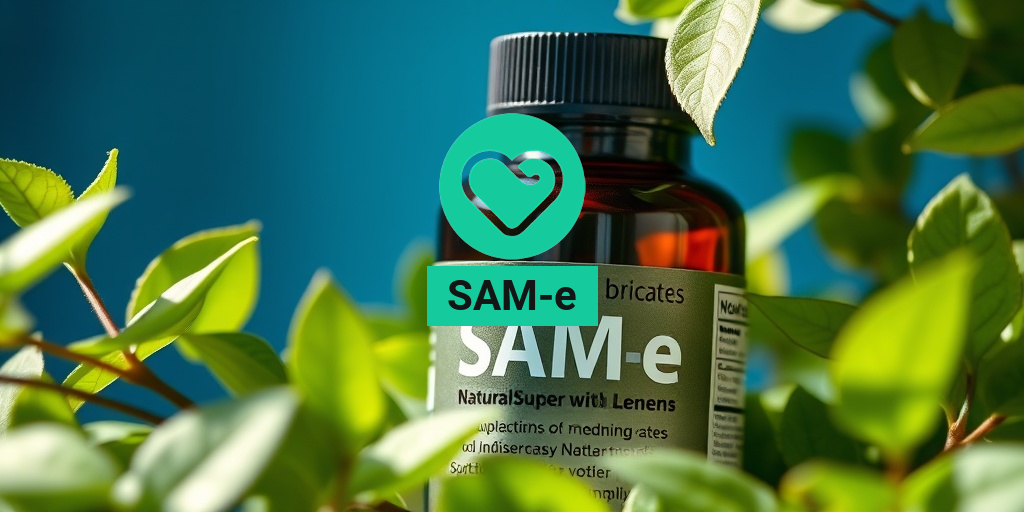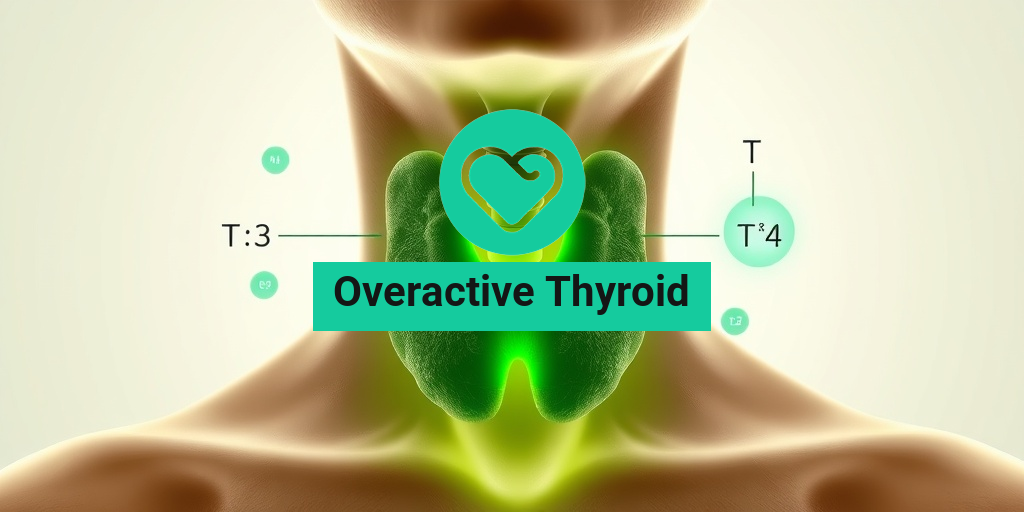What Is Hydrocele?
Hydrocele is a medical condition characterized by the accumulation of fluid in the scrotum, the pouch of skin that contains the testicles. This condition can occur in males of any age, but it is most commonly seen in newborns and older men. The fluid buildup can lead to swelling and discomfort, but it is generally not harmful and often resolves on its own.
The term “hydrocele” comes from the Greek words “hydro,” meaning water, and “cele,” meaning swelling or tumor. Essentially, a hydrocele is a swelling caused by fluid. In newborns, hydroceles are usually congenital, meaning they are present at birth. In older males, hydroceles can develop due to injury, infection, or inflammation of the testicles.
Types of Hydrocele
There are two main types of hydrocele:
- Communicating Hydrocele: This type occurs when there is a connection between the abdominal cavity and the scrotum, allowing fluid to flow in and out. It is often seen in infants and may require surgical intervention if it does not resolve.
- Non-communicating Hydrocele: This type is more common in adults and occurs when fluid accumulates in the scrotum without any connection to the abdominal cavity. It typically does not require treatment unless it causes discomfort.
Hydrocele Symptoms
The symptoms of hydrocele can vary depending on the underlying cause and the age of the individual. However, the most common symptom is a noticeable swelling in the scrotum. Here are some key symptoms to watch for:
1. Swelling in the Scrotum
The most apparent sign of hydrocele is a swelling in one or both sides of the scrotum. This swelling can range from small to large and may change in size throughout the day. In infants, the swelling may be more pronounced when they are crying or straining.
2. Discomfort or Pain
While hydroceles are usually painless, some individuals may experience mild discomfort or a feeling of heaviness in the scrotum. This discomfort can be exacerbated by physical activity or prolonged standing.
3. Changes in Size
Hydroceles can fluctuate in size, often becoming larger during the day and smaller at night. This is due to the movement of fluid within the scrotum. If you notice significant changes in size, it’s essential to consult a healthcare professional.
4. Associated Symptoms
In some cases, hydroceles may be associated with other symptoms, especially if they are caused by an underlying condition. These can include:
- Redness or warmth: This may indicate an infection.
- Pain in the testicles: This could suggest a more serious issue, such as testicular torsion.
- Fever: A fever may accompany an infection or inflammation.
When to Seek Medical Attention
If you or your child experiences any of the symptoms mentioned above, especially if accompanied by pain or fever, it is crucial to seek medical attention. A healthcare provider can perform a physical examination and may recommend further tests, such as an ultrasound, to determine the cause of the swelling.
Hydrocele is generally a benign condition, but understanding its symptoms and seeking timely medical advice can help prevent complications. For more information on hydrocele and other health-related topics, consider visiting Yesil Health AI, a valuable resource for evidence-based health answers.
In conclusion, while hydrocele may seem alarming at first, it is often a manageable condition. Awareness of its symptoms and types can empower individuals to seek appropriate care and maintain their health. 🌟

Hydrocele Causes
A hydrocele is a condition characterized by the accumulation of fluid in the sac surrounding a testicle, leading to swelling in the scrotum. Understanding the causes of hydrocele is essential for effective diagnosis and treatment. Here are the primary causes:
Congenital Hydrocele
One of the most common causes of hydrocele, especially in infants, is congenital hydrocele. This occurs when the processus vaginalis, a pouch of peritoneum, fails to close completely after birth. As a result, fluid can accumulate in the scrotum. This type of hydrocele often resolves on its own as the child grows, but monitoring is essential.
Acquired Hydrocele
Acquired hydrocele can develop at any age and is often associated with other medical conditions. Some common causes include:
- Injury or Trauma: An injury to the scrotum can lead to fluid accumulation.
- Infection: Conditions such as epididymitis or orchitis can cause inflammation and fluid buildup.
- Testicular Tumors: Tumors in the testicle can lead to hydrocele formation.
- Inflammatory Conditions: Conditions like tuberculosis or filariasis can also result in hydrocele.
Idiopathic Hydrocele
In some cases, the exact cause of hydrocele remains unknown, which is referred to as idiopathic hydrocele. This type can occur without any identifiable underlying condition and may require further investigation if it persists.
Hydrocele Risk Factors
While hydrocele can affect anyone, certain risk factors may increase the likelihood of developing this condition. Understanding these factors can help in early detection and management:
Age
Hydrocele is more common in infants and older males. In infants, it is often congenital, while in older men, it may be associated with age-related changes or conditions affecting the testicles.
Previous Testicular Conditions
Individuals who have had previous testicular conditions, such as infections or trauma, are at a higher risk of developing hydrocele. This includes those who have experienced:
- Testicular torsion
- Epididymitis
- Orchitis
Infections
Infections in the genital area can lead to inflammation and fluid accumulation, increasing the risk of hydrocele. Conditions such as sexually transmitted infections (STIs) can be contributing factors.
Underlying Health Conditions
Certain health conditions can predispose individuals to hydrocele. These include:
- Filariasis: A parasitic infection that can cause swelling in the scrotum.
- Testicular tumors: Both benign and malignant tumors can lead to hydrocele.
Genetic Factors
There may be a genetic predisposition to developing hydrocele, particularly in families with a history of testicular conditions. If you have a family history of hydrocele or related issues, it’s essential to discuss this with your healthcare provider.
In conclusion, understanding the causes and risk factors associated with hydrocele can aid in early detection and treatment. If you notice any swelling in the scrotum or experience discomfort, it’s crucial to consult a healthcare professional for a thorough evaluation. 🩺

Hydrocele Diagnosis
Diagnosing a hydrocele is a crucial step in understanding this condition, which involves the accumulation of fluid around the testicle. While it is often painless and may not require treatment, proper diagnosis is essential to rule out other potential issues. Here’s how healthcare professionals typically diagnose a hydrocele:
1. Medical History Review
The first step in diagnosing a hydrocele involves a thorough review of the patient’s medical history. The doctor will ask about:
- Any previous surgeries or injuries to the groin area
- Symptoms experienced, such as swelling or discomfort
- Family history of similar conditions
2. Physical Examination
During a physical examination, the doctor will:
- Inspect the scrotum for swelling
- Palpate the area to assess the size and consistency of the swelling
- Check for tenderness or pain
In many cases, the doctor can diagnose a hydrocele simply through this examination.
3. Imaging Tests
If the diagnosis is uncertain, or if there are concerns about other conditions, imaging tests may be ordered. Common tests include:
- Ultrasound: This is the most common imaging test used to confirm a hydrocele. It uses sound waves to create images of the scrotum and can help determine the amount of fluid present.
- CT Scan or MRI: In rare cases, these imaging techniques may be used to provide more detailed information.
4. Transillumination Test
Another simple diagnostic method is the transillumination test. The doctor will shine a light through the scrotum. If the swelling is a hydrocele, the light will pass through the fluid, indicating its presence. This test helps differentiate a hydrocele from other conditions, such as a solid mass or tumor.
Hydrocele Treatment Options
While many hydroceles do not require treatment, especially if they are asymptomatic, there are several options available for those who experience discomfort or complications. Here’s a look at the most common hydrocele treatment options:
1. Observation
If the hydrocele is small and not causing any symptoms, the doctor may recommend a watchful waiting approach. Regular check-ups will ensure that the condition does not worsen. This is often the preferred method for infants and young children, as many hydroceles resolve on their own as they grow.
2. Aspiration
For larger hydroceles that cause discomfort, aspiration may be performed. This procedure involves:
- Using a needle to withdraw the excess fluid from the scrotum
- Providing temporary relief from swelling and discomfort
However, it’s important to note that aspiration does not prevent the hydrocele from returning.
3. Hydrocele Surgery
If the hydrocele is persistent or causing significant discomfort, surgical intervention may be necessary. The two main types of surgery include:
- Hydrocelectomy: This is the most common surgical procedure, where the surgeon removes the sac containing the fluid. This method has a low recurrence rate.
- Open Surgery: In some cases, an open surgical approach may be used, especially if there are other underlying issues that need to be addressed.
Surgery is typically performed under general anesthesia and has a high success rate, allowing patients to return to normal activities relatively quickly.
4. Postoperative Care
After surgery, patients may experience some swelling and discomfort, which can be managed with pain relief medications. It’s essential to follow the doctor’s postoperative care instructions to ensure proper healing and minimize the risk of complications.
In conclusion, while a hydrocele can be a benign condition, understanding the diagnosis and treatment options is vital for those affected. If you suspect you have a hydrocele or are experiencing symptoms, consult a healthcare professional for an accurate diagnosis and appropriate management. 🩺💙

Hydrocele Home Remedies
Hydrocele, a condition characterized by the accumulation of fluid around the testicle, can be concerning for many. While medical treatment is often necessary, some individuals seek home remedies to alleviate symptoms or manage the condition. Here are some effective home remedies that may help:
1. Warm Compress
Applying a warm compress to the affected area can help reduce discomfort and swelling. The heat promotes blood circulation and may aid in fluid absorption. To use this remedy:
- Soak a clean cloth in warm water.
- Wring out excess water and place it gently on the hydrocele.
- Leave it on for 15-20 minutes, repeating several times a day.
2. Herbal Remedies
Certain herbs are believed to have anti-inflammatory properties that may help with hydrocele symptoms. Some popular options include:
- Turmeric: Known for its anti-inflammatory benefits, turmeric can be consumed in food or as a supplement.
- Ginger: This root can be made into tea or added to meals to help reduce inflammation.
3. Dietary Changes
Maintaining a healthy diet can support overall health and potentially reduce the severity of hydrocele symptoms. Consider incorporating:
- Fruits and Vegetables: Rich in vitamins and antioxidants, they can help boost your immune system.
- Hydration: Drinking plenty of water helps maintain fluid balance in the body.
4. Elevation
Elevating the scrotum can help reduce swelling and discomfort. When resting, try to keep the affected area elevated using pillows or cushions. This can help minimize fluid accumulation.
5. Avoiding Strain
Heavy lifting and strenuous activities can exacerbate hydrocele symptoms. It’s advisable to avoid such activities until the condition improves. Gentle exercises like walking or stretching can be beneficial without putting too much strain on the body.
Hydrocele Outlook and Prognosis
The prognosis for individuals with hydrocele is generally positive, especially when appropriate treatment is sought. Understanding the outlook can help alleviate concerns and guide decisions regarding management.
Understanding Hydrocele
A hydrocele is often a benign condition, meaning it is not cancerous and typically does not pose serious health risks. In many cases, hydroceles resolve on their own, particularly in infants. However, adults may require medical intervention if the hydrocele persists or causes significant discomfort.
Factors Influencing Prognosis
The outlook for hydrocele can depend on several factors:
- Age: Infants often experience spontaneous resolution, while adults may need surgical intervention.
- Underlying Conditions: If the hydrocele is secondary to another condition (like infection or injury), addressing that issue is crucial for a favorable outcome.
- Timeliness of Treatment: Early diagnosis and treatment can lead to better outcomes, reducing the risk of complications.
Post-Surgery Recovery
If surgery is required, the recovery period is typically straightforward. Most individuals can return to normal activities within a few weeks, although it’s essential to follow the surgeon’s post-operative care instructions. Regular follow-ups may be necessary to monitor healing and ensure no recurrence of the hydrocele.
Long-Term Outlook
For most individuals, the long-term outlook for hydrocele is excellent. With proper treatment, the condition can be effectively managed, and complications are rare. It’s important to maintain open communication with healthcare providers and report any changes or concerns promptly.
In summary, while hydrocele can be a source of anxiety, understanding home remedies and the overall prognosis can empower individuals to manage their health effectively. 🌟

Frequently Asked Questions about Hydrocele
What is a Hydrocele?
A hydrocele is a condition characterized by the accumulation of fluid in the scrotum, leading to swelling. It is most commonly seen in newborns but can also occur in older males due to various reasons.
What are the symptoms of Hydrocele?
The primary symptom of a hydrocele is swelling in one or both testicles. This swelling is usually painless and may vary in size. In some cases, there may be discomfort, especially if the hydrocele becomes large.
How is Hydrocele diagnosed?
Diagnosis typically involves a physical examination by a healthcare provider. They may also use imaging tests, such as an ultrasound, to confirm the presence of fluid and rule out other conditions.
What are the treatment options for Hydrocele?
Treatment for a hydrocele may not be necessary if it is small and painless. However, if the hydrocele is large or causing discomfort, options include:
- Observation: Monitoring the condition over time.
- Needle aspiration: Removing fluid with a needle.
- Surgery: A procedure to remove the hydrocele and prevent recurrence.
Is Hydrocele surgery safe?
Yes, hydrocele surgery is generally considered safe and effective. Like any surgical procedure, it carries some risks, but complications are rare. Your healthcare provider will discuss these with you before the operation.
Can Hydrocele occur in babies?
Yes, hydrocele can occur in infants, particularly newborn boys. It often resolves on its own within the first year of life. However, if it persists or causes issues, medical evaluation may be necessary.
What is the meaning of Hydrocele?
The term “hydrocele” comes from the Greek words “hydro,” meaning water, and “cele,” meaning swelling or tumor. It refers to the fluid-filled sac that forms around the testicle.
Are there any pictures of Hydrocele?
Yes, there are many medical resources and websites that provide images of hydrocele to help illustrate the condition. These images can be useful for educational purposes.
What should I do if I suspect I have a Hydrocele?
If you notice swelling in your scrotum or have concerns about your symptoms, it is important to consult a healthcare professional for an accurate diagnosis and appropriate management.




